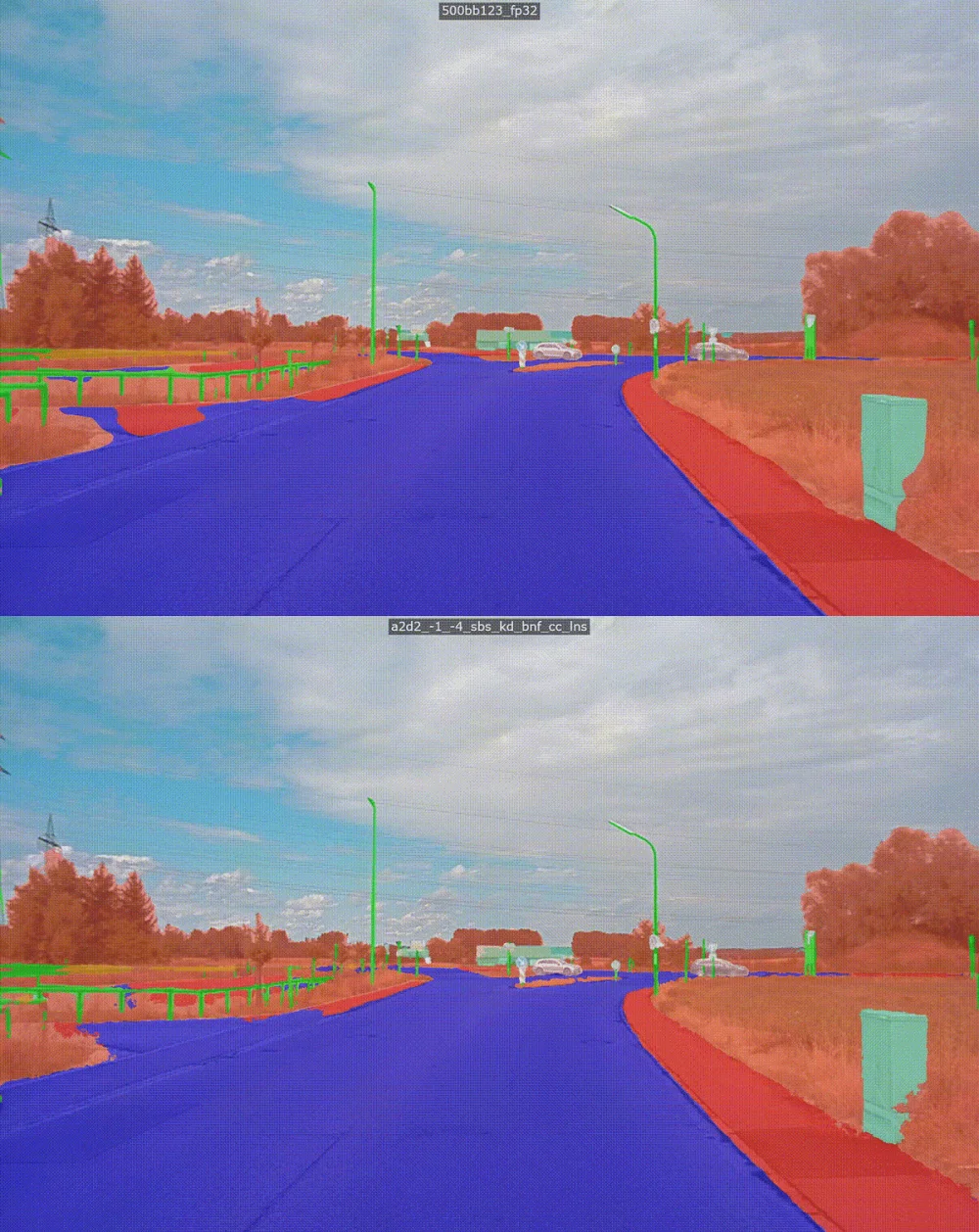Autonomous Vehicles, Ride-sharing, and Improved Access To Mobility
By Sidhart Krishnamurthi, Product Management
One of the most common problems faced by our society is a lack of access to transportation for marginalized groups. Elderly citizens, those with sickness and/or disabilities, and people who simply cannot afford their own vehicle are affected by this issue. The implications are far reaching and affect our community at a macro level.
People need access to critical services. Without reliable transportation, one cannot run crucial every-day errands such as groceries, doctor visits, and shuttling kids to and from school/daycare. In addition to this, a lack of vehicular access introduces a burden to the groups specified above who, as a result, cannot commute to work. At a large scale, employment as a whole is affected and the economy suffers. Lastly, without mobility, people do not have personal autonomy — they cannot get where they want to go when they want to go, reducing social interaction and inclusion — a negative psychological effect.
Fortunately, the concept of ride-sharing provides a solution to the issue outlined above. It is a cost-efficient way to reliably transport people from point A to point B. In addition, ride-sharing covers an extensive geographical area — with a simple click of a button, a consumer has a car that can take them anywhere they desire to go. Senior and ill/disabled citizens as well as those facing financial hardship greatly benefit from this.
Unfortunately, the ride-sharing industry is facing a crisis. Companies in this space tend to operate at an annual loss. Delving into the main driver behind this — driver wages & incentives make up the majority of the operating costs. Because of this, the current ride sharing model is not sustainable for the long-run. Without ride-sharing, people who lack reliable access to mobility will suffer and the consequences elaborated upon above will continue to persist.
A solution to the issue above is self-driving — fully autonomous vehicles need to become a reality. This will save billions of dollars over the long-run in operating costs for ride-sharing firms, allowing them to be profitable and sustainable for years to come. This allows those in need of reliable transportation to live a normal life.
For fully autonomous vehicles to become a reality, the vehicle must be able to perfectly perceive its surroundings on its own. Currently, there is nothing on the market that can enable this capability. As a result, the industry has reached a roadblock with partial autonomy. The current status quo of perception platforms are based on legacy technology, such as the GPU or computer vision. However, this approach does not generate the necessary compute needed for full autonomy without compromising power consumption. For cars to drive in real-time on their own from point A to point B without any human intervention, there needs to be a solution that optimizes power while minimizing compute and latency.
We @ Recogni are developing such a product. Our product is based on AI and purpose-built for the monumental task of self-driving. Through leveraging innovations in math, ASIC architecture, AI, and software, our cross-functional team has built a platform that has a data-center level of compute while consuming less power than a lightbulb. Vehicle manufacturers need to integrate our solution into their vehicles so self-driving can become a reality. With this, ride-sharing companies can integrate self-driving cars into their fleet, optimizing operating costs, and allowing them to provide access to mobility for those in need for the long run.





